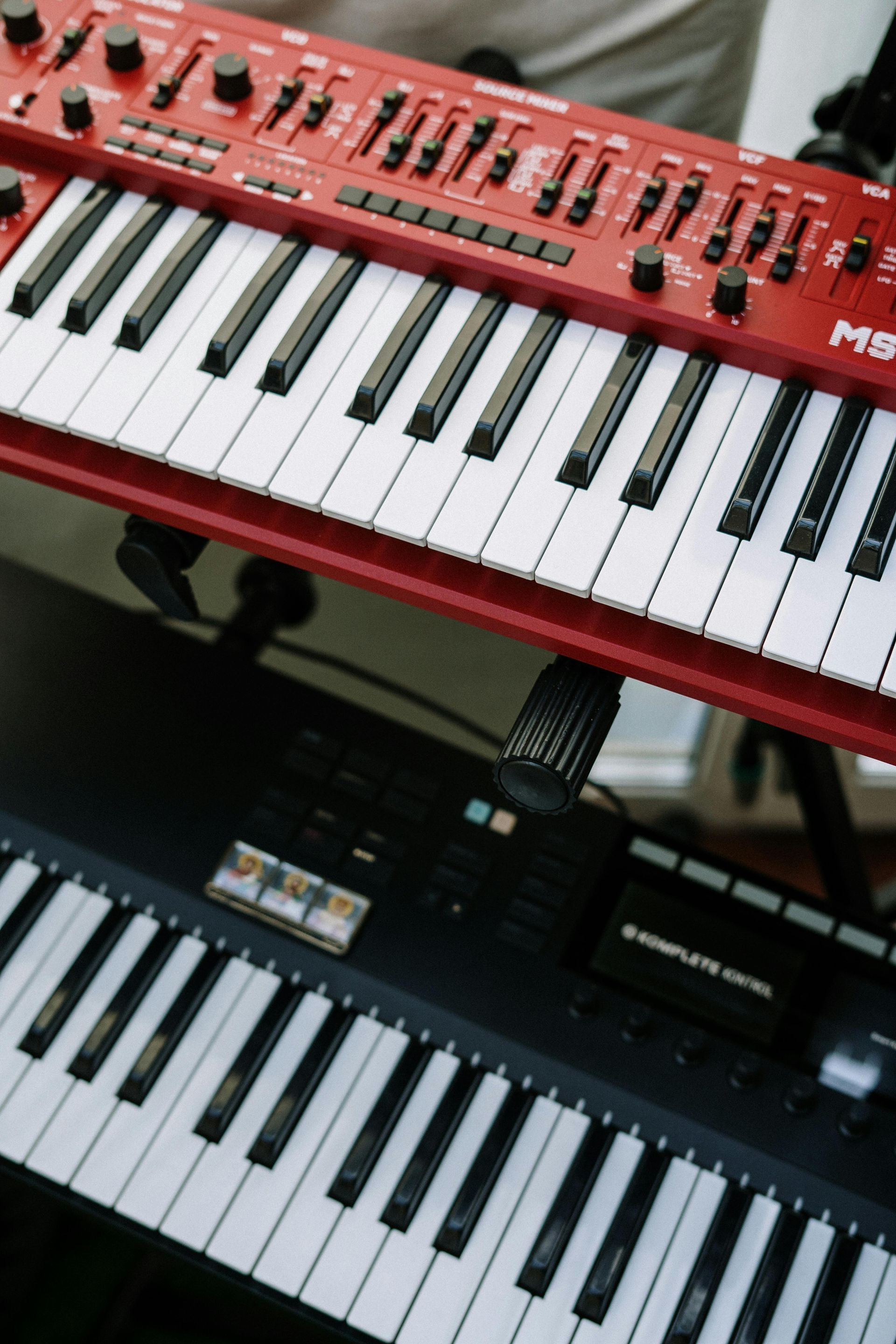What Is The Easiest Classical Piano Piece To Play?
Classical Piano
Starting your piano journey often comes with a big question—when will I be able to play those iconic classical masterpieces? Whether you're a complete beginner, a returning pianists after years away, or a music enthusiast curious about the easiest entry point into classical piano, you've probably asked yourself questions like:
- How can I quickly improve as a player?
- When will I be skilled enough to tackle something like Beethoven’s Moonlight Sonata?
- What is the easiest classical piano piece to play?
While there’s no one definitive answer to that last question (classic piano repertory is vast), the good news is that there are plenty of approachable and beautiful piano pieces for beginners and returners alike.
This guide offers insights into a range of beginner-friendly classical piano pieces, explains how simplified arrangements can make even challenging works more accessible, and shares tips to help you expand your classical repertoire as you progress.
Beginner Classics Every Pianist Should Try
Many beginner-friendly classical pieces allow aspiring pianists to begin exploring this rich genre without feeling overwhelmed. Here are some of the easiest options, ranked by difficulty.
1. Ode to Joy Theme (Beethoven)
The beloved theme from Beethoven’s Symphony No. 9 is a fantastic starting point for any beginner. Its steady rhythm and simple melody ensure that even early-stage players can bring this iconic tune to life. It’s often included in beginner piano methods for this very reason.
2. Eine Kleine Nachtmusik (Mozart, Serenade K 525)
Mozart’s wit and charm shine through in A Little Night Music. Simplified arrangements of parts of this serenade offer straightforward rhythms and pleasing melodies that sound polished no matter your skill level. It’s a playful and rewarding introduction to Mozart’s style.
3. New World Symphony Theme (Dvorak)
One of classical music’s most sweeping and emotional melodies, the “Going Home” theme from Dvorak’s Symphony No. 9 (the Largo movement) is surprisingly simple on the piano. Its slow, singing melody makes it a perfect tool for building musicality.
4. Surprise Symphony Theme (Haydn)
The second movement melody of Haydn’s Symphony No. 94 (Surprise Symphony) is all about subtle beauty. Ideal for beginners, it features repeating phrases and gentle dynamics that are easy to master.
5. Themes from Swan Lake (Tchaikovsky)
Tchaikovsky’s ballet theme from Swan Lake embodies timeless elegance. Many beginner books include simplified arrangements, allowing you to enjoy the beauty of this music without difficulty.
6. Minuet in G (Originally by Christian Pezold, often attributed to J.S. Bach)
Easily one of the most recognizable pieces for early pianists, Minuet in G is both simple and satisfying. This piece combines a graceful melody with logical fingerwork that's excellent for building technical foundations.
7. Theme from Piano Sonata No. 11 (Mozart)
The opening theme (often known as the Rondo alla Turca) from this piano sonata is energetic and playful. Simplified versions focus on its core melody while excluding the intricate runs and ornamentations.
8. The Entertainer (Scott Joplin)
While The Entertainer technically falls into the category of ragtime, many consider it an honorary member of the classical canon. A favorite among beginners, it pairs a catchy rhythm with straightforward harmonies.
The Magic of Simplified Arrangements
Still intimidated by playing even beginner-level classical pieces? Thankfully, many works of classical music have been simplified over the years, making even complex compositions accessible to newer players.
Here are two ways arrangers simplify music to suit beginners:
1. Simplifying Chords
Intricate chord progressions can be adjusted to use fewer or simpler notes. For example, rather than playing a rich, complex harmony, a simplified arrangement might stick to basic triads, making it easier for smaller or less practiced hands.
2. Adjusting Rhythms
If an original piece contains syncopated or highly complex rhythms, these may be simplified to more evenly spaced patterns. This makes the piece more approachable without losing its musical essence.
Even iconic works that weren’t written for piano originally—such as operatic arias or orchestral symphonies—are often simplified and transposed for the instrument, allowing pianists to enjoy music from a variety of genres.
Examples for Early-Stage Players
Franz Liszt, known for his virtuosic piano compositions, famously created dauntingly difficult piano arrangements of Beethoven’s symphonies. Today, thanks to skilled modern arrangers, those same symphonies can be enjoyed by intermediate or even beginner pianists.
Simpler arrangements focus on retaining the core essence of the piece while reducing technical complexity, making high-quality arrangements an excellent resource for students.
Why Classical Music is for Everyone
One of the wonderful things about classical piano repertoire is its immense diversity. From the delicate simplicity of Minuet in G to the lively energy of The Entertainer, there’s something for every level and preference.
Even if you’re only in the first few months of your piano lessons, the door to classical music is already open! By continuing to practice and challenging yourself with incrementally more complex pieces, you’ll gradually unlock more of the classical canon.
Tips for Beginners
- Start Slow
Choose pieces with simple melodies and rhythms to gradually build your confidence and technical skills.
- Practice Regularly
Learning classical pieces takes consistency. Set aside time daily, even if it’s just 20 minutes.
- Listen and Learn
Familiarize yourself with the piece before you play it. Listening to a professional recording will help you understand dynamics and phrasing.
- Enjoy the Journey
Focus on progress rather than perfection. Every note you play is a step closer to mastering the art of piano.
Where to Find Beginner-Friendly Arrangements
Beginner arrangements of classical pieces are often included in method books like Alfred’s Basic Piano Library or John Thompson’s Easiest Piano Course. You can also explore digital platforms—for example, IMSLP (International Music Score Library Project) offers public domain sheet music, and many YouTube tutorials break down pieces in an accessible, visual format.
Classical Music at Your Fingertips
Starting your classical piano adventure may feel daunting, but with the right repertoire and mindset, it can be deeply rewarding. Begin with manageable pieces, experiment with simplified arrangements, and immerse yourself in the joy of creating beautiful music.
The best part? There’s no rush. Classical piano is a lifelong love, and every step you take brings you closer to playing the works you’ve always dreamed of mastering.
Happy playing! 🎹









